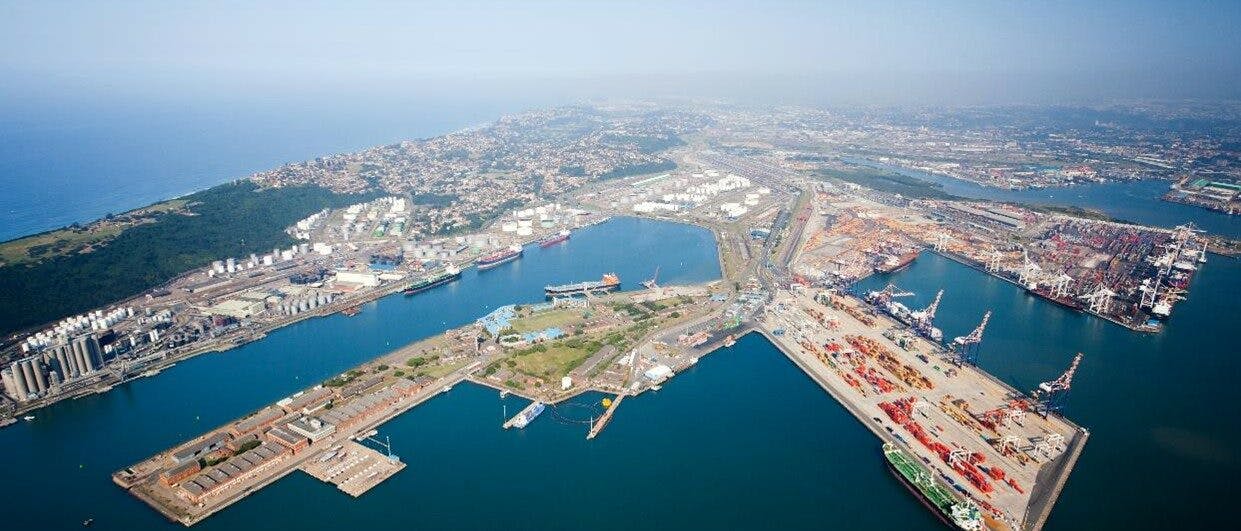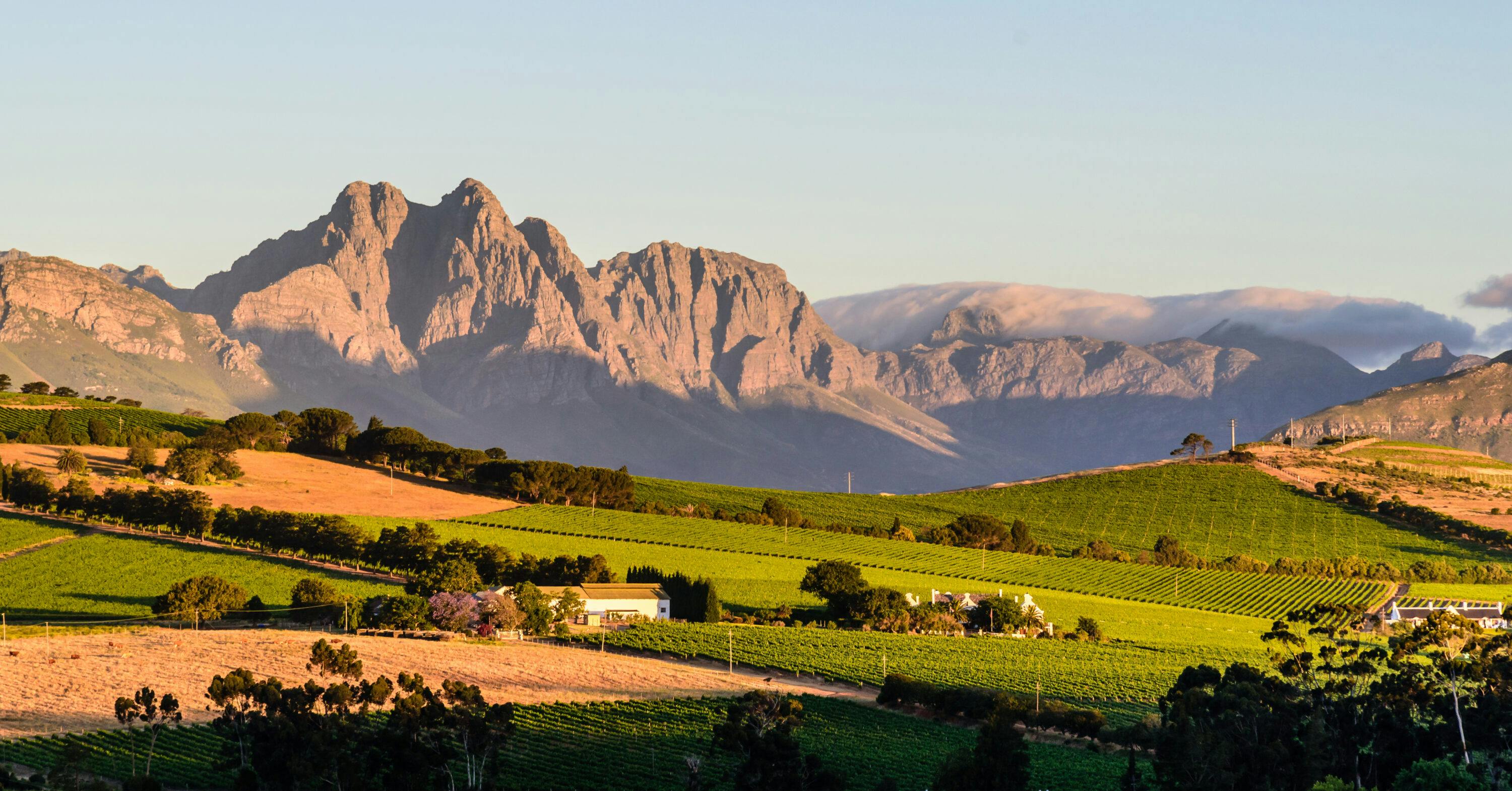
Comments on Transnet National Ports Authority’s 2020/2021 tariff application
Purpose of the engagement
The purpose of the report firstly was to review the TNPA application and to determine whether tariffs had been determined in accordance with the prescribed in the Tariff Methodology (for the Financial Years 2021/22 to 2023). Secondly, where a divergence between the methods applied by TNPA and those prescribed in the Tariff Methodology was identified, to comment critically on the reasoning provided by the TNPA for the deviation. We focused on the four items within the tariff application that we were asked to address which included, the value of the regulatory asset base (RAB) and weighted average cost of capital (WACC), the TNPA volume forecasts, the proposed revenue clawback and the TNPA’s differentiated tariff proposal.
Background and context
The South African Association of Ship Operators and Agents (SAASOA), is a member organisation representing stakeholders who have maritime interests in South Africa, including ship operators whose vessels use one or more ports in South Africa and ship agents. SAASOA is a Section 21 company whose members are also members of various international shipping and ships’ agency organisations.
The Transnet National Ports Authority (TNPA), a subsidiary of Transnet SOC Ltd., is responsible for the management and governance of South Africa’s major seaports. TNPA provides port infrastructure and marine services at all eight commercial seaports in South Africa. The TNPA is required, with the approval of the Ports Regulator of South Africa (“the Regulator”), to determine tariffs for services and facilities offered by the Authority and to annually publish a tariff book containing those tariffs.
In its 2021/22 application the TNPA claimed that the tariff adjustment it required in terms of the tariff methodology for FY 2021/22 was 19.74% and the indicative tariff adjustments for FY 2022/23 and FY 2023/24 were -0.29% and -7.86%. The TNPA required that these increases be smoothed over the three years so that the average annual increase in port tariffs would be 3.8% y/y for the three years.
Key findings
We found that the TNPA had as in previous years, failed to apply the approved methodology for the valuation of the regulatory asset base (RAB), which is arguably the most important item in the determination of the overall average tariff. We found that had the TNPA applied the approved hybrid methodology for the valuation of the RAB, it would imply a significant ~30% reduction in TNPA’s required revenue and a commensurate ~25% decline in average ports tariffs. We noted that this would greatly aid the competitiveness of both South African exports and imports at a time when the economy was under severe pressure.
We also found that the TNPA had overestimated the growth in cargo volumes and consequently its contribution to future revenue growth. We advocated for accurate forecasts of both required revenue and cargo volumes increases which in our assessment would still result in a significant net decrease in the TNPA’s average tariff.
We determined that the way the TNPA had applied the tariff strategy to determine the tariff differential was arbitrary. That it did not align with the user-pays principle outlined in the Tariff Strategy that it was untransparent. In this regard, we found the TNPA’s argument that “The shipping industry would be able to accommodate the 7,12% by benefiting from the rand- dollar exchange rate [assumed depreciation] (Ports Regulator of South Africa, 2020b, p2)” was absurd and note that movements in the rand-dollar exchange rate should have no bearing on how tariffs are differentiated across different user-groups.
We also found that the TNPA application did not provide sufficient information for public stakeholders to critique the required revenue estimates. We noted that the TNPA should provide stakeholders with a set of regulatory accounts since the method by which RAB should be valued in terms of the methodology (hybrid of historic and trended original cost) differed from that used in the annual financial statements (depreciated replacement cost).
By our estimates, using the best available information on the value of the RAB, the TNPA’s net marine required revenues in the 2021/22 tariff year should decrease by 27%. We note that to avoid a dramatic drop in tariffs, that adjustment should be phased in over time using the ETIMC facility provided for in the methodology. We concluded that the TNPA’s proposed increase of 19.74% or 3.8% phased in over time was neither accurate nor reasonable and bring port users no closer to achieving fair and cost reflective port pricing.
Based on our analysis, SAASOA advocated for a 0% tariff increase be applied in the 2021/22 financial year. SAASOA further requested that significantly more information is made available to stakeholders in order to more accurately assess TNPA’s application each year, as the required information could pose no threat to TNPA. This would include a set of regulatory accounts in which port assets are valued according to the approved tariff methodology.
Impact of the study
After considering the application and the submissions made by all the stakeholders during the consultation period, including SAASOA’s submission, the Ports Regulator awarded the TNPA an average tariff increases of 0% for the 2021/22 financial year. the financial year 2021/22 was 0%. The Port Regulator however also approved a 5% increase in marine charges and exports of coal and magnetite, without provided any clear rationale for why these customers groups (including shipping lines) should face an increase in port tariffs when on average port tariffs should in fact be decreasing on average.
